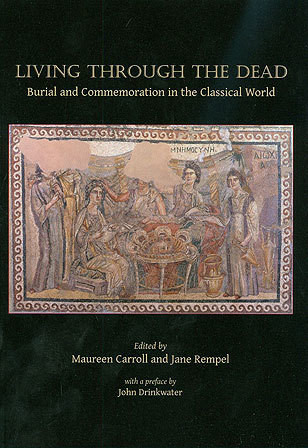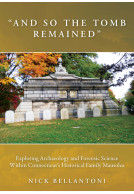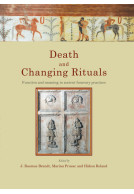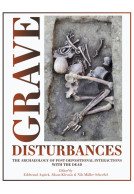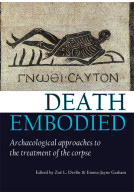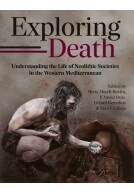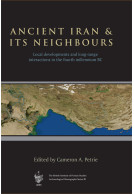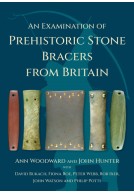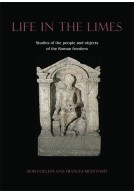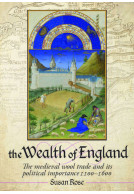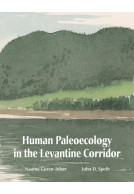Living Through the Dead (Paperback)
Burial and Commemoration in the Classical world
Series: Studies in Funerary Archaeology
Pages: 208
Illustrations: 79 b/w illustrations and maps
ISBN: 9781842173763
Published: 31st March 2011
Casemate UK Academic
(click here for international delivery rates)
Order within the next 1 hour, 51 minutes to get your order processed the next working day!
Need a currency converter? Check XE.com for live rates
This volume investigates the archaeology of death and commemoration through thematically linked case studies drawn from the Classical world. These investigations stress the processes of burial and commemoration as inherently social and designed for an audience, and they explore the meaning and importance attached to preserving memory. While previous investigations of Greek and Roman death and burial have tended to concentrate on period- or regionally-specific sets of data, this volume instead focuses on a series of topical connections that highlight important facets of death and commemoration significant to the larger Classical world. Living through the dead investigates the subject of death and commemoration from a diverse set of archaeologically informed approaches, including visual reception, detailed analysis of excavated remains, landscape, and post-classical reflections and draws on artefactual, documentary and pictorial evidence. The nine papers present recent research by some of the leading voices on the subject, as well as some fresh perspectives. Case studies come from Thermopylae, the Bosporan kingdom, Athens, Republican Rome, Pompeii and Egypt. As a collected volume, they provide thematically linked investigations of key issues in ritual, memory and (self)presentation associated with death and burial in the Classical period. As such, this volume will be of particular interest to postgraduate students and academics with specialist interests in the archaeology of the Classical world and also more broadly, as a source of comparative material, to people working on issues related to the archaeology of death and commemoration.







